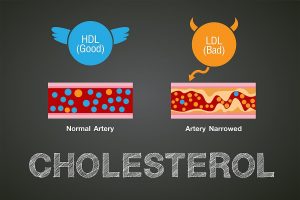
Roses are red, violets are blue, sleep experts have a Valentine’s Day gift idea for you. A box of chocolates and a candlelight dinner might seem romantic, but your partner might also embrace a lifestyle change: no more snoring. “While snoring is disruptive to bed partners and can cause frustration in a relationship, it can also be an indicator of a serious health problem,” said Dr. Kelly Carden, president of the American Academy of Sleep Medicine (AASM). “Snoring is a common symptom of obstructive sleep apnea, a chronic disease that involves the repeated collapse of the upper airway during sleep,” she explained in an AASM news release. “When sleep apnea is untreated, it can increase the risk of heart disease, high blood pressure, type 2 diabetes, stroke and other health problems.” For occasional snorers, the AASM offers this advice: Lose weight. Weight gain can worsen snoring and lead to obstructive sleep apnea. Shedding a couple of pounds might eliminate your snoring. Change positions. Some people find that they snore while sleeping on their back. If this is the case, try sleeping on your side instead. Avoid alcohol, muscle relaxants and certain medications. Substances like these can relax your throat or tongue muscles, leading to snoring. Get a diagnosis. If you’re snoring loudly each night, talk to your doctor about it or consult a sleep specialist.… read on >
























-300x200.jpg)













